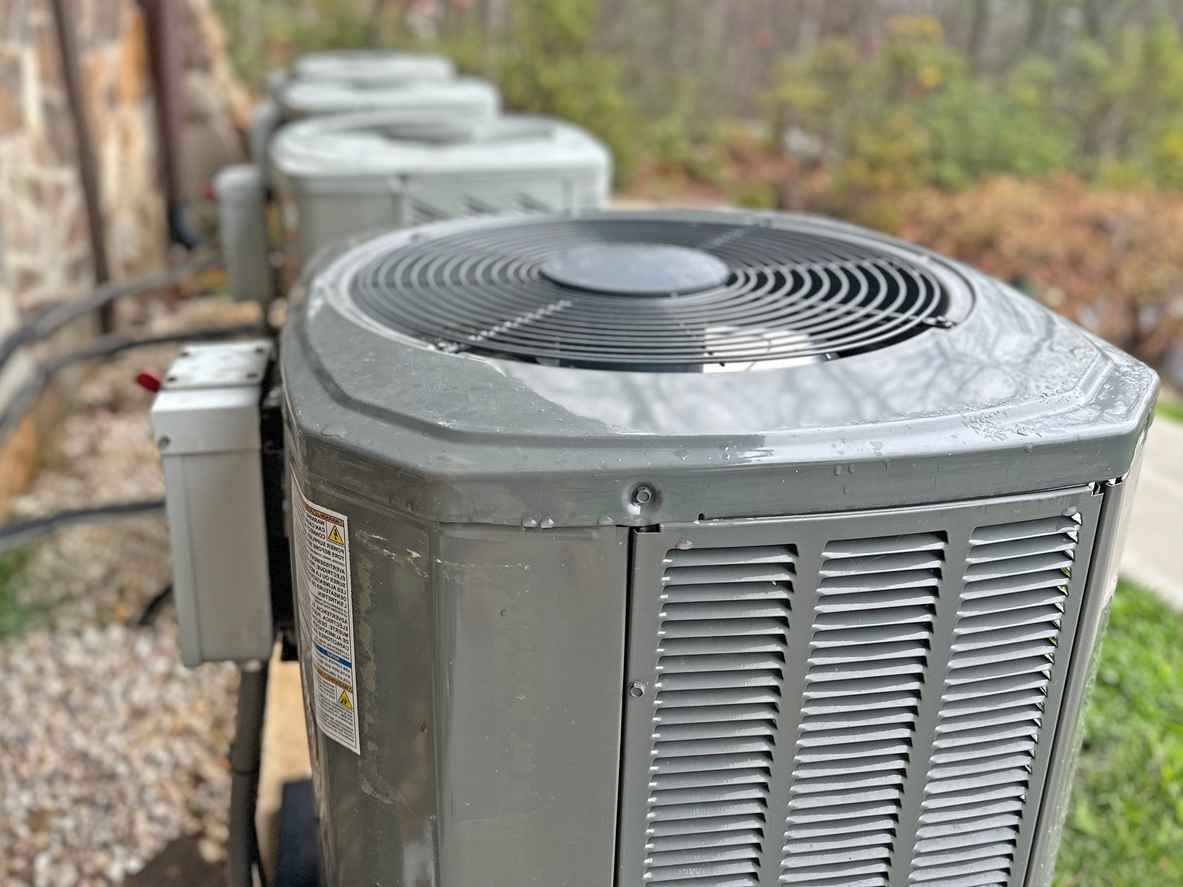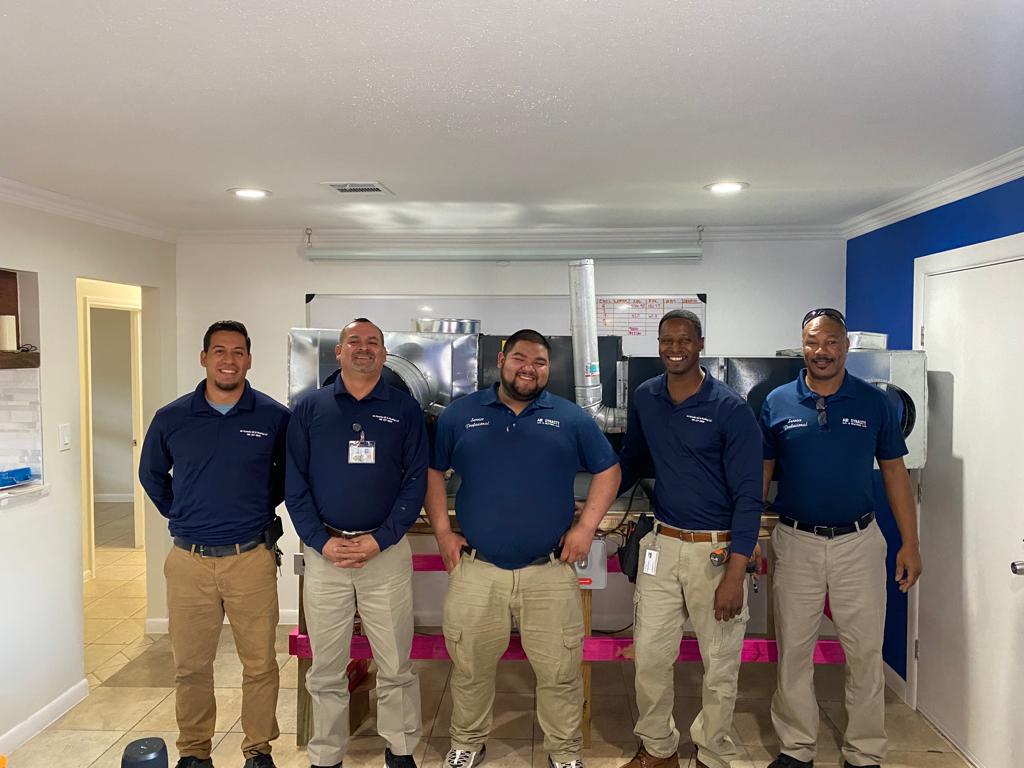How to Test Your Carbon Monoxide Detectors and Why It’s Essential
Your home is your sanctuary, a place where comfort and safety are paramount. While you likely focus on maintaining cozy heating during winter and reliable air conditioning in the summer, one crucial safety measure that’s easy to overlook is testing your carbon monoxide (CO) detectors. These devices are silent protectors designed to alert you to the presence of a dangerous, odorless gas. Ensuring they work correctly could save lives. Let’s explore practical steps to test your carbon monoxide detectors and why they’re so vital.

Why Carbon Monoxide Detection Matters
Carbon monoxide is often called the “silent killer” because it’s colorless, odorless, and tasteless. It’s produced by burning fuels in furnaces, stoves, fireplaces, and even air conditioners with older equipment that may not operate efficiently. A malfunctioning furnace or poor ventilation can lead to CO buildup, posing serious risks to your family’s health.
Symptoms of CO poisoning range from headaches and dizziness to more severe effects like confusion or unconsciousness. Tragically, many cases are preventable with a reliable detector and regular testing.
At Air Dynasty, we understand the importance of having a safe and comfortable home. Alongside providing services like heating repair and ac and heating installation, we emphasize the role of proper CO detection to ensure your family’s well-being.
Practical Steps to Test Your Carbon Monoxide Detectors
Testing your carbon monoxide detectors is straightforward and should be part of your monthly home maintenance routine. Follow these simple steps:
1. Locate Your CO Detectors
Ensure you have detectors installed on every level of your home, particularly near sleeping areas. Older equipment or homes with gas appliances should have extra coverage. If you’re unsure about placement, consult a professional for guidance.
2. Inspect the Power Source
Battery-Operated Detectors: Replace the batteries every six months or whenever you hear a low-battery chirp.
Hardwired Detectors: Ensure the unit is securely connected to your home’s power supply and has a backup battery.
3. Perform a Sound Test
Press the “test” button on the detector until you hear the alarm. If the sound is weak or non-existent, it’s time to replace the batteries or the entire unit.
4. Use a CO Test Kit
For added assurance, use a CO test kit available at most hardware stores. These kits simulate carbon monoxide exposure to ensure the detector responds correctly.
5. Check the Expiration Date
Many detectors have a lifespan of 5 to 10 years. Check the back of the unit for a manufacturing or expiration date, and replace it as needed. If you’re unsure, Air Dynasty can help you assess whether your detectors need updating.
Common Causes of False Alarms
Occasionally, your detector might sound a false alarm. Understanding these triggers can help you identify the real issue:
Cooking Smoke: Keep detectors away from kitchens to avoid accidental alarms.
Low Batteries: Replace batteries promptly to prevent annoying sounds.
Humidity or Steam: Bathrooms or laundry rooms may not be ideal locations.
Dust and Debris: Regularly clean the detector to ensure sensors remain clear.
If your detector repeatedly triggers false alarms, consider consulting a professional to fix underlying issues with your air conditioner, heating system, or ventilation.
When to Call for Professional Assistance
While monthly testing is essential, professional inspections are equally important. Technicians specialized in older ac and furnace systems can identify potential CO sources and recommend fixes. Scheduling routine maintenance for your furnace and heating systems helps prevent issues like cracked heat exchangers or clogged vents that could lead to CO leaks.
Air Dynasty offers same-day repair and same-day service for heating or AC-related concerns, ensuring your home remains safe and comfortable. Whether it’s a quick fix or a full heating repair, we’re here to provide quality and fast solutions.
How to Prevent Carbon Monoxide Leaks
Prevention is always better than a cure. Here are practical tips to reduce the risk of CO leaks:
Maintain Your Furnace and AC: Schedule regular tune-ups, especially if you’re using older equipment.
Install CO Detectors Properly: Place detectors on walls or ceilings, away from vents or appliances.
Inspect Ventilation: Ensure chimneys, flues, and vents are unobstructed.
Avoid Indoor Use of Outdoor Equipment: Never use grills, generators, or other fuel-burning devices indoors.
Fix Issues Promptly: If you notice signs like uneven heating or strange noises from your furnace, don’t wait—call for a heating repair immediately.
Integrating Safety with Comfort
Your home’s comfort goes beyond heating and cooling; it’s about creating a safe environment for your family. You can enjoy peace of mind by regularly testing your carbon monoxide detectors and maintaining your HVAC systems.
At Air Dynasty, we specialize in working with older and newer AC and furnace systems, ensuring they operate safely and efficiently. Whether you need same-day service for a fix or advice on installing modern detectors, our team is here to help.
Conclusion
Testing your carbon monoxide detectors is a simple yet vital task that protects your family from the dangers of CO exposure. Regular checks, professional maintenance, and preventive measures create a safe and comfortable home environment.
If you’re concerned about your HVAC system or need assistance with testing or repairs, Air Dynasty is just a call away. Let us help you ensure your home remains a safe haven. For more tips and information, follow us on Instagram @airdynastyllc
Frequently Asked Questions About Testing The Carbon Monoxide Detectors (FAQs)
1. How often should I test my carbon monoxide detectors?
You should test your detectors once a month by pressing the “test” button to ensure they’re functioning properly.
2. What are the signs that my detector needs replacement?
If your detector’s alarm is weak, it’s over 10 years old, or it fails to respond during testing, it’s time to replace it.
3. Can older HVAC equipment increase CO risks?
Yes, older equipment may have worn parts or inefficient operation, leading to higher CO production. Regular maintenance helps minimize risks.
4. Where should I install carbon monoxide detectors?
Install detectors on every level of your home, especially near bedrooms and in areas with gas appliances or fireplaces.
5. Can Air Dynasty help with HVAC-related CO safety?
Absolutely! We specialize in older AC and furnace systems, offering same-day repair and quality service to ensure your home’s safety and comfort.




